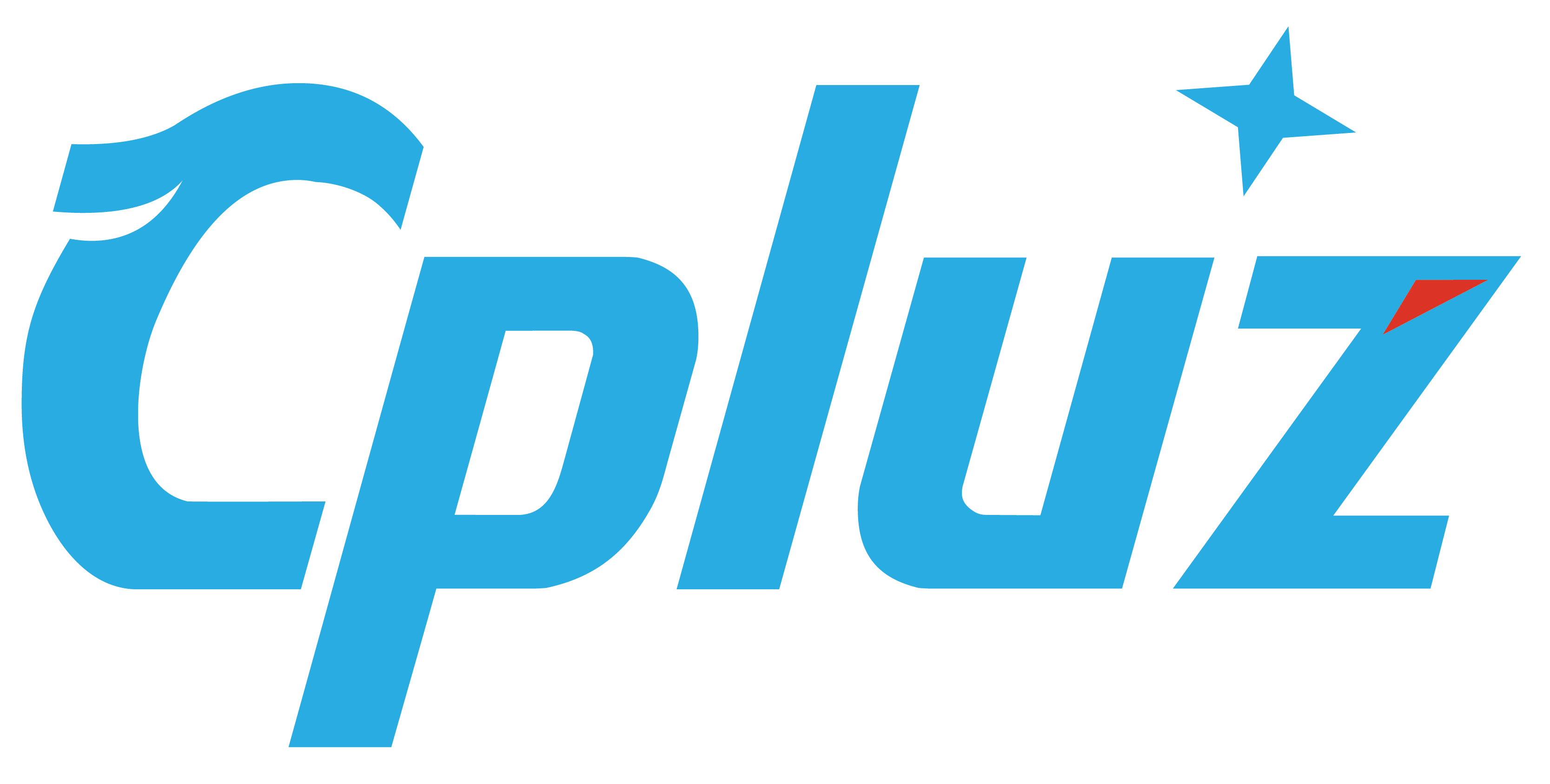Building positive connections between brands and human emotion is the hallmark of a successful marketing strategy. In 2025, with the constant evolution of technology and consumer preferences, it’s essential for businesses to think outside the box and create customized marketing calendars that resonate with their target audience. A well-designed calendar can be a powerful tool for engaging customers, promoting products, and driving sales. In this article, we’ll explore 10 customized calendar ideas that can help your brand’s marketing calendar stand out from the crowd.
1. Seasonal-Themed Calendars
Start the year by creating a calendar that reflects the changing seasons. For instance, a winter-themed calendar could feature festive designs, holiday promotions, and limited-time offers. In the spring, create a calendar that highlights new product releases, outdoor activities, and gardening tips. This approach allows you to capitalize on seasonal trends and create a sense of urgency around your marketing campaigns.
2. Event-Based Calendars
If your brand is tied to specific events or holidays, create a calendar that revolves around these occasions. For example, a music festival calendar could feature artist lineups, ticket promotions, and behind-the-scenes content. A sports team calendar could include game schedules, player profiles, and fan engagement opportunities. By aligning your marketing efforts with these events, you can tap into the excitement and energy surrounding them.
3. Product-Launch Calendars
Any new product launch deserves a dedicated calendar that generates buzz and anticipation. Create a countdown calendar that reveals sneak peeks, product demos, and exclusive promotions leading up to the launch. This approach helps build a sense of FOMO (fear of missing out) and encourages customers to engage with your brand.
4. User-Generated Content (UGC) Calendars
Encourage customer participation by featuring UGC in your calendar. Create a campaign that invites customers to share their experiences, photos, or testimonials related to your brand. This approach not only creates a sense of community but also provides social proof that can influence purchasing decisions.
5. Educational Calendars
If your brand is associated with education or learning, create a calendar that offers valuable insights, tips, and resources. For instance, a fitness calendar could provide workout routines, nutrition advice, and motivational quotes. A financial calendar could include budgeting tips, investment guides, and market analysis. This approach positions your brand as a trusted authority and thought leader in your industry.
6. Behind-the-Scenes Calendars
Give your customers a glimpse into the inner workings of your brand by creating a behind-the-scenes calendar. Share photos or videos that showcase your design process, product development, or company culture. This approach humanizes your brand and helps build a connection with your audience.
7. Interactive Calendars
Make your calendar interactive by incorporating games, quizzes, or challenges. For example, a travel calendar could feature a ” Destination of the Month” challenge that encourages customers to share their travel experiences. A food calendar could include a “Recipe of the Month” that invites customers to participate in a cooking challenge. This approach increases engagement and encourages social sharing.
8. Nostalgia-Driven Calendars
Tap into the nostalgia of your customers by creating a calendar that celebrates retro designs, classic products, or vintage moments. For instance, a music calendar could feature classic album covers, while a fashion calendar could showcase iconic designs from past decades. This approach creates a sense of familiarity and warmth that can evoke strong emotions in your audience.
9. Geographic Calendars
Create a calendar that celebrates different geographic locations or regions. For example, a travel calendar could feature destinations from around the world, while a food calendar could highlight local cuisine and recipes from various countries. This approach helps you tap into the interests of customers from different regions and creates a sense of global connection.
10. Timely Calendars
Create a calendar that focuses on timely events, such as holidays, anniversaries, or cultural celebrations. For instance, a holiday calendar could feature festive designs, promotions, and limited-time offers. A cultural calendar could highlight important cultural events, traditions, and historical dates. This approach allows you to capitalize on timely trends and create a sense of urgency around your marketing campaigns.
In 2025, a customized calendar is no longer just a tool for keeping track of dates; it’s a powerful marketing platform that can engage customers, promote products, and drive sales. By incorporating these 10 creative calendar ideas into your marketing strategy, you can build positive connections between your brand and human emotion, setting you apart from competitors and establishing a lasting impact on your audience.

